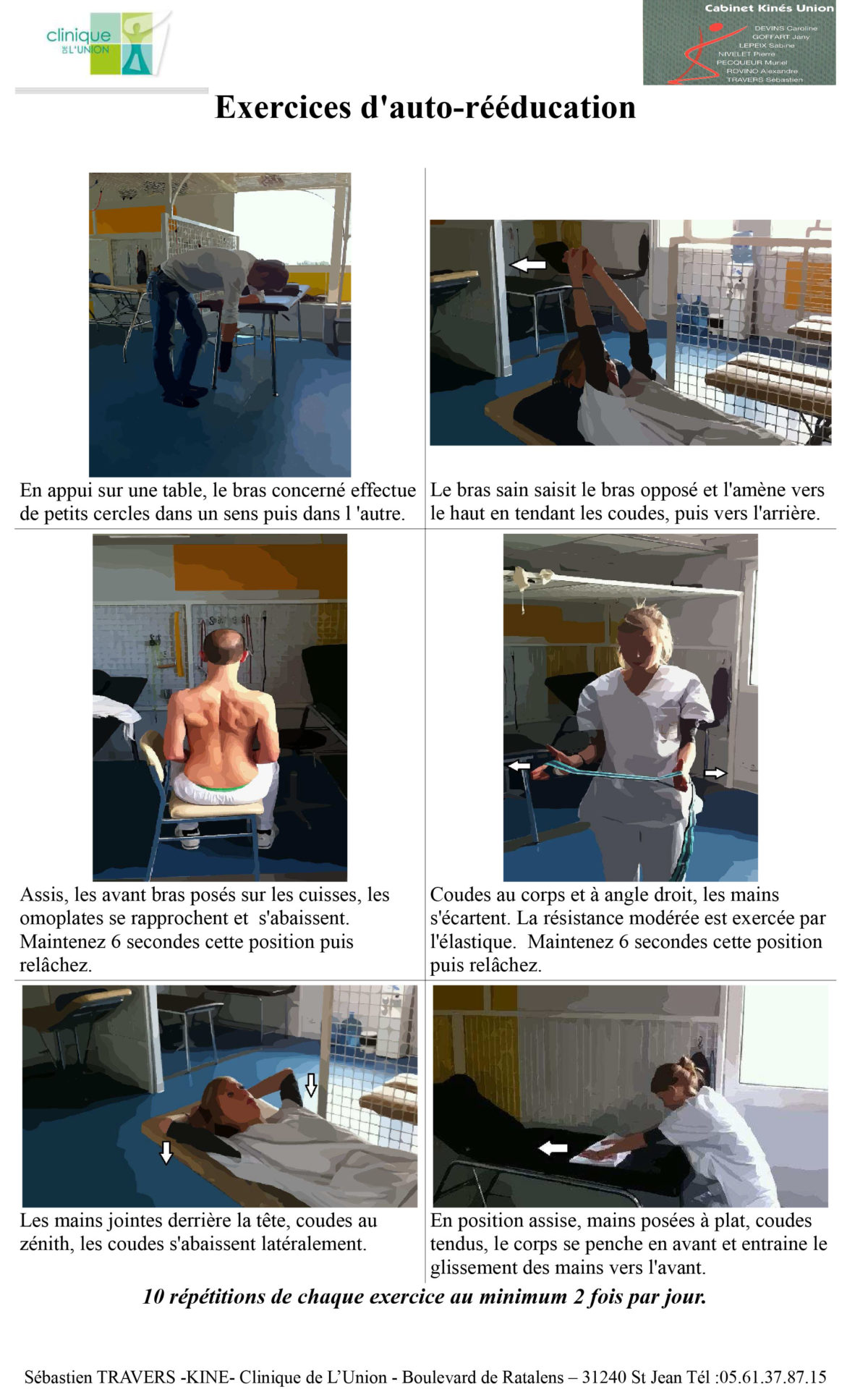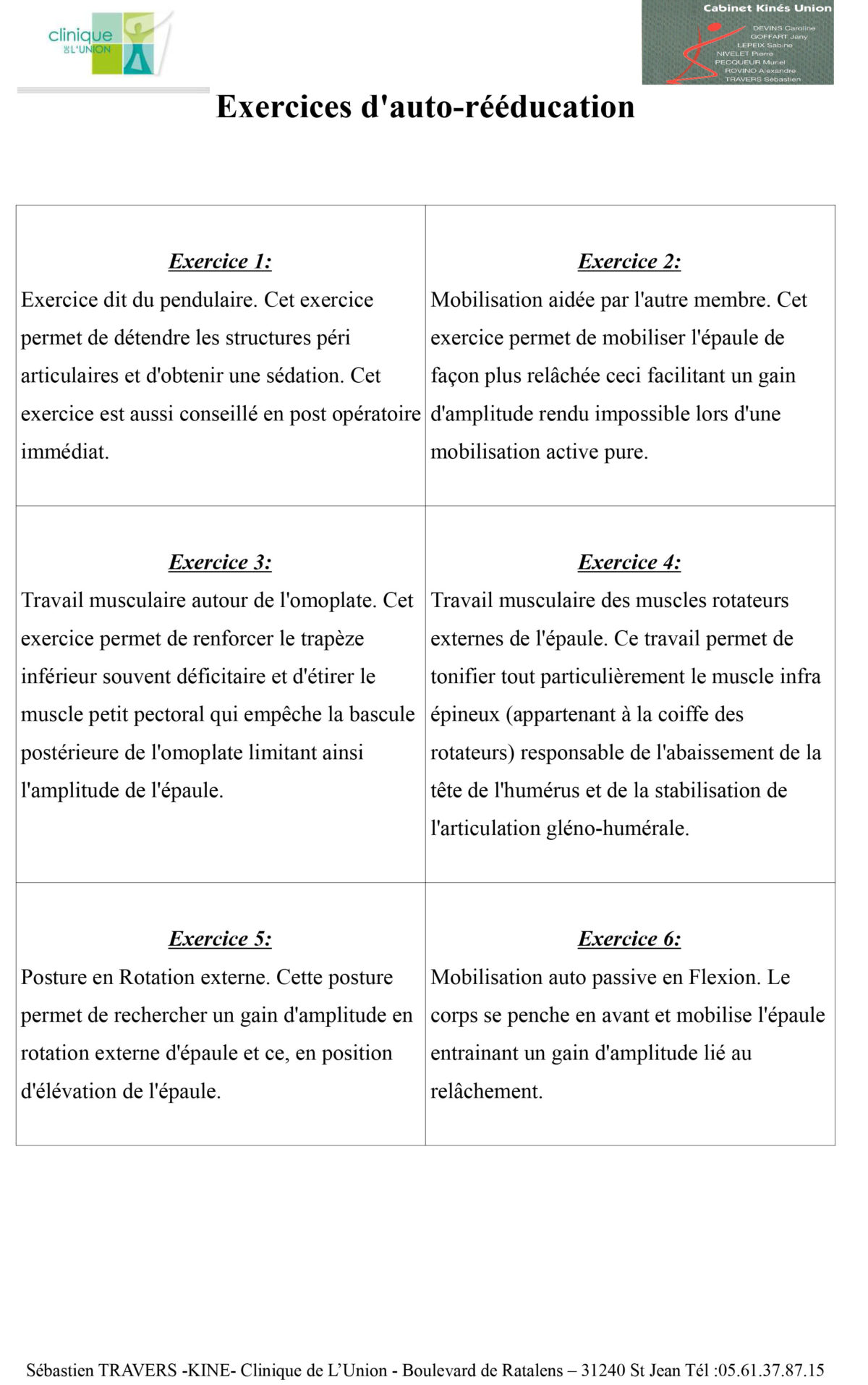Control of infectious risk
A joint prosthesis is equivalent to a large foreign body for the human body. It never behaves biologically as the initial articulation even if the wearer forgets its existence.
Especially in case of infection of the carrier (pulmonary, dental, urinary, digestive, cutaneous or other infection) germs can pass into the bloodstream and can be ‘attracted’ by this foreign body.
It is necessary to understand it in order to limit the risk of infection of the prosthesis which is a situation that is always very difficult and time consuming to treat.
- Process
- First, it must be ensured that there are no active or silent infectious foci in the patient within a few days of surgery.
- During the pre-operative and pre-anesthetic consultation, balance sheet is carried out to ensure the absence of infectious foci:
- panoramic dental x-ray and dentist consultation to look for and treat as needed before diseased teeth
- a blood test comprising, in addition to the preoperative assessment, a blood pressure and a CRP (inflammation proteins)
an ECBU (cytobacteriological examination of the urine). - any targeted examination of a sore or previously infected organ, based on the patient’s history. </ li>
- a search for nasal carriage of staphylococcus (swabbing nostrils), if positive treatment before intervention with antibiotic ointment and special antiseptic shower.
- If one of these parameters seems abnormal the intervention can be postponed to solve the problem if possible if not to control the risk.
Shoulder self-education
Rehabilitation of the shoulder is an essential step in the pathology of the shoulder.
The rehabilitation of the shoulder seems essential for the pathology of the shoulder, whether preoperative or postoperative. These will be entrusted to professionals experienced in the exercise, in collaboration with the surgeon who must define the framework of the rehabilitation protocol.
Independently the patient must be involved and must understand some applicable concepts during home self-education sessions
- head tendon pain and subacromial conflict are relieved by the opening of the subacromial space, ie the lowering (or refocusing) of the humeral head.
- A shoulder that is not used or more is stiffened, the recovery of joint amplitudes requires a progressive and repeated work, a kind of daily gymnastics.
- The pain that is felt is a permanent threat of progression to the worst, forcing or hurting oneself to do good or progressing in the range can lead to an aggravation of pain and stiffness.


live with a shoulder prosthesis
If you have a shoulder prosthesis or are planning to benefit from it, here are some tips for living well with your implant.
Take care of your prosthesis if you want it to last!
Indeed especially in case of total prosthesis, the hyper-solicitation results in the wear of moving parts and / or loosening implants or bone cement and therefore potentially … an early reintervention.
Heavy manual activities or sports soliciting the shoulders are therefore prohibited !!
Consult your doctor without delay in case of infection or fever
To prevent the passage of germs (bacteria) into the bloodstream that would facilitate contamination of the prosthesis.
– An untreated or poorly treated urinary infection can progress to pyelonephritis (kidney infection),
– untreated or badly treated teeth can release germs into the circulation
– A pulmonary infection, a prostatitis, a diverticulitis colic, in short any infection of deep organs
– but also a nasty wound !!!
Early and adapted treatment is the best guarantee to limit the risk of infection of a prosthesis by blood-borne blood.
